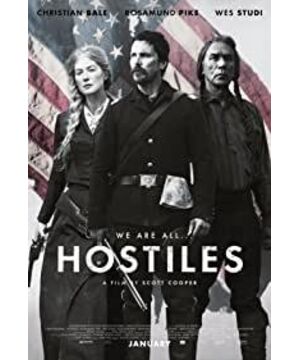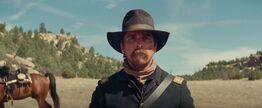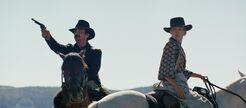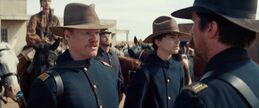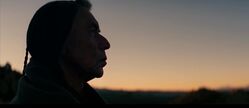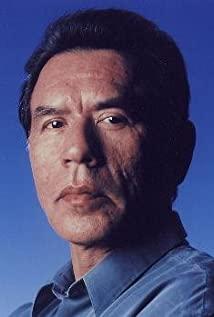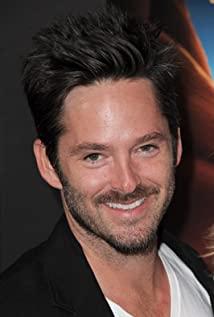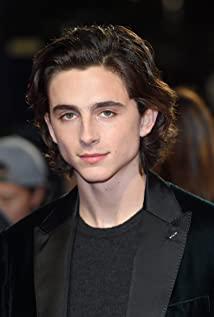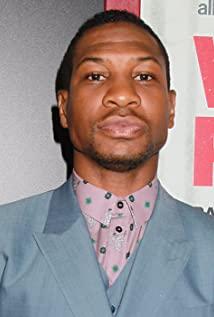The Battle of the Dust in the New World-Tribute to the Indians
1. The Indian race was almost slaughtered in the century-long Westward Movement (1783-20th century) after the American War of Independence (1775-1783). This is because the whites and American Indians are irreconcilable in the New World Expansion Movement Contradiction.
2. First flash back some clips:
After the hostess (Pei Chunhua)'s family were all killed, she was in a daze.
Bell had to accept the task of protecting the enemy chief, the Yellow Eagle, to the place of relocation due to retired money. He ran outside and wailed. He felt sorry for the many brothers who had shared life and death. Some of the brothers were killed by the Yellow Eagle and the tribe. Kill in the movement confrontation.
The hostess (Pei Chunhua) insisted on burying her family, and wailed after digging indiscriminately.
Sergeant Tommy is willing to stay outside the tent in the rain: I gotta move on, I don't feel anything, the cruelty of the war is about to crush him. Later, although the sergeant succeeded in hunting down the traitor, his life was under too much pressure and he finally chose to commit suicide.
When Bell took the initiative to extend his hand to the chief: let him pass the past, my friend.
When the president’s letter to approve the Indian’s place of residence was regarded as waste paper, it turned into a battle between the demolition households and the landlords.
Those boys who think this film is too boring and too offline, I hope you understand that it contains a century of hatred, killing, cruelty, burning, hatred and confession. Even at the end of the film, that historical helplessness and sadness was almost obliterated by the crowd as Bell left the station (it was Bell's advice on how to deal with the final scene of the film). The heart-warming director changed the ending to a comedy, but it made me cry.
3. With the advent of World War I (August 1914-November 1918), the Indian massacre turned into the Indians going to the European battlefield to sell their lives, and the Comanche (the Indian contradiction in this film) used it on the battlefield. The ethnic language conversation inspired the US military. Remember the wind whisperer correspondent, the cipher language that Germany and Japan could never decipher during World War II.
4. If we were born in the New World in the 19th century, the American who moved westward would have to shoot and kill.
5. If we were born in an Indian tribe in the 19th century, life is like dust.
Finally, I would like to praise the director Scott Cooper. I personally think that he is always a responsible director who can shoot historical themes-it is similar to "Fang Hua";
Praise Bell for his talkative eyes-introverted, calm, determined, hopeful
Like Pei Chunhua (female lead)-from tearing life to reshaping life
Special praise to Chief Yellow Eagle-Wes Studi (Wes Studi)-Native Indian performance, has played "Dancing with Wolves", "The Last Mohican", "New World" and other films, in addition He is also a Vietnam War veteran, musician, writer, sculptor and activist.
I hope we can remember that heavy history that cannot bear to look back-the genocide of the Indian race by the American Westward Movement.
--Tom (2018.04)
Another: Yellowstone Park is so beautiful. I don’t like the translation of "The Enemy" very much. "My Enemy" or "The Enemy" may be better.
View more about Hostiles reviews


